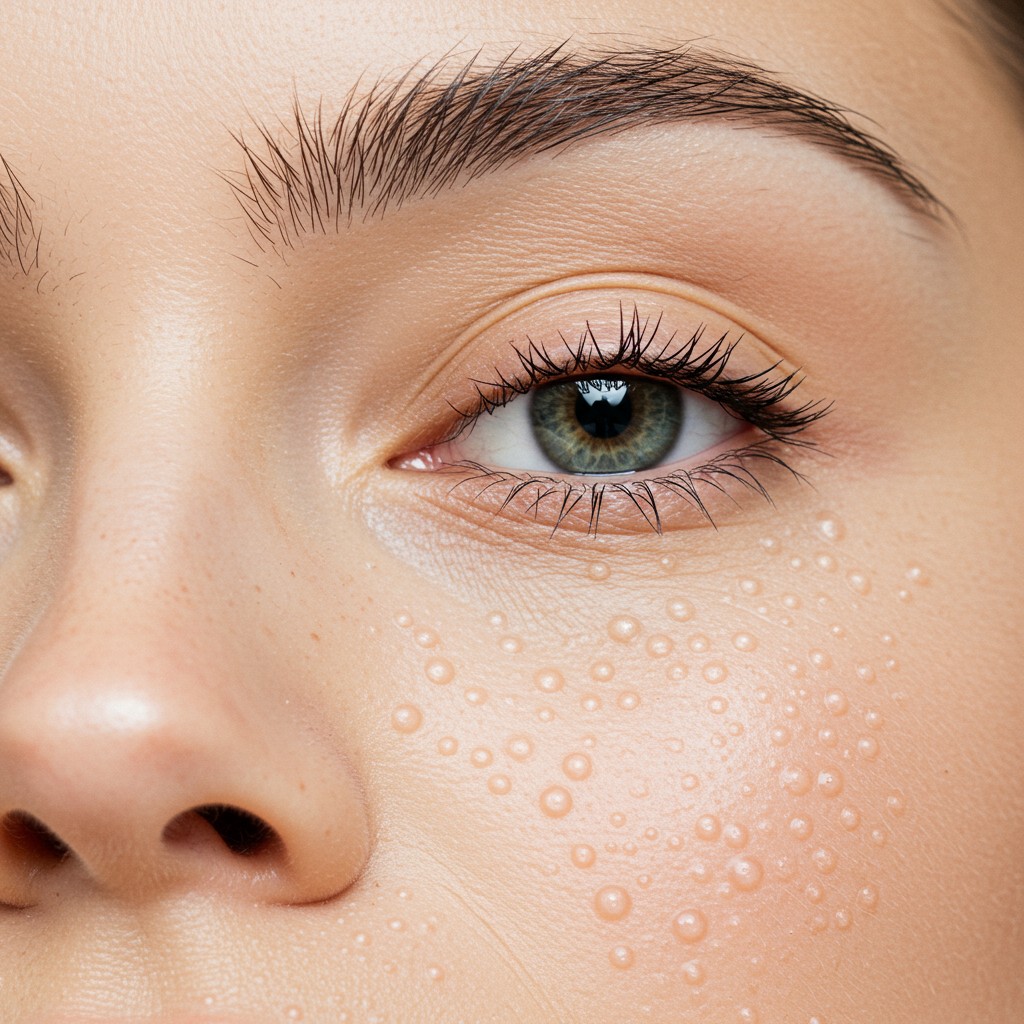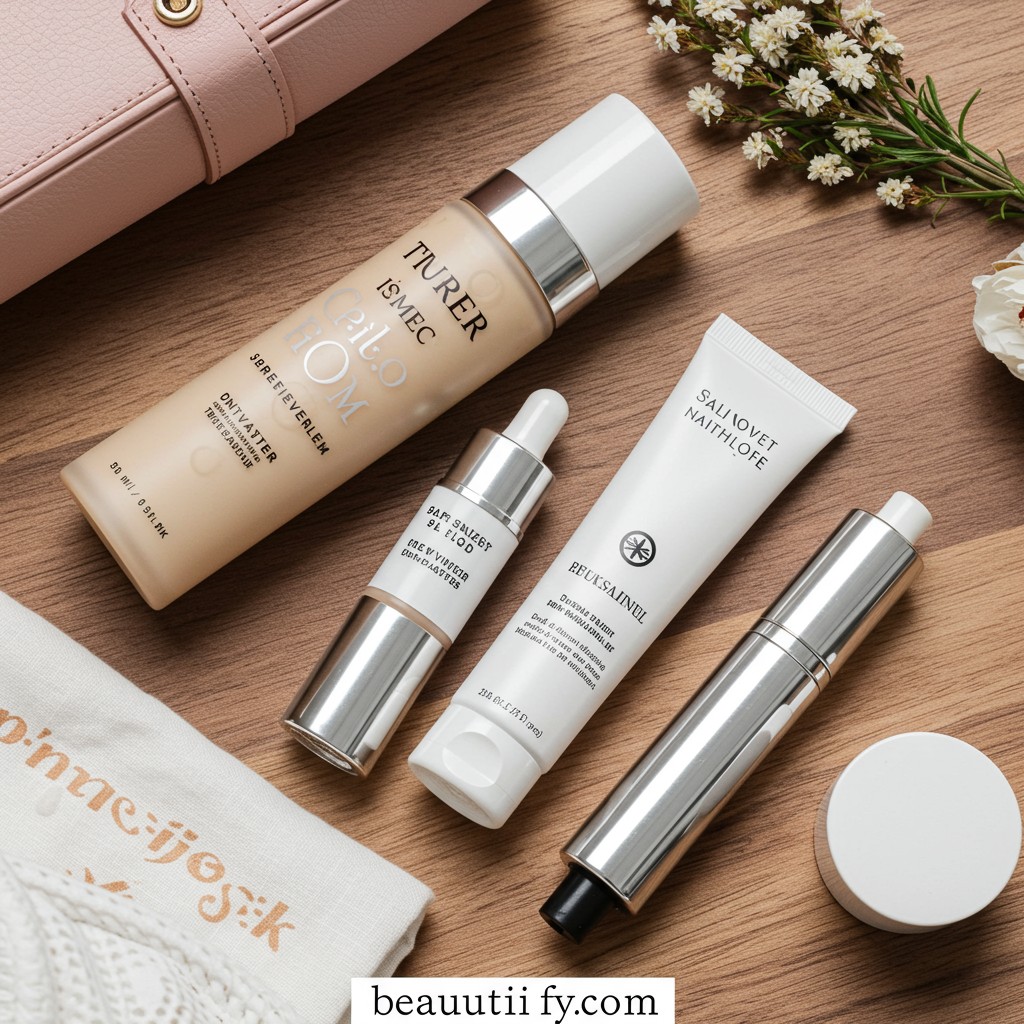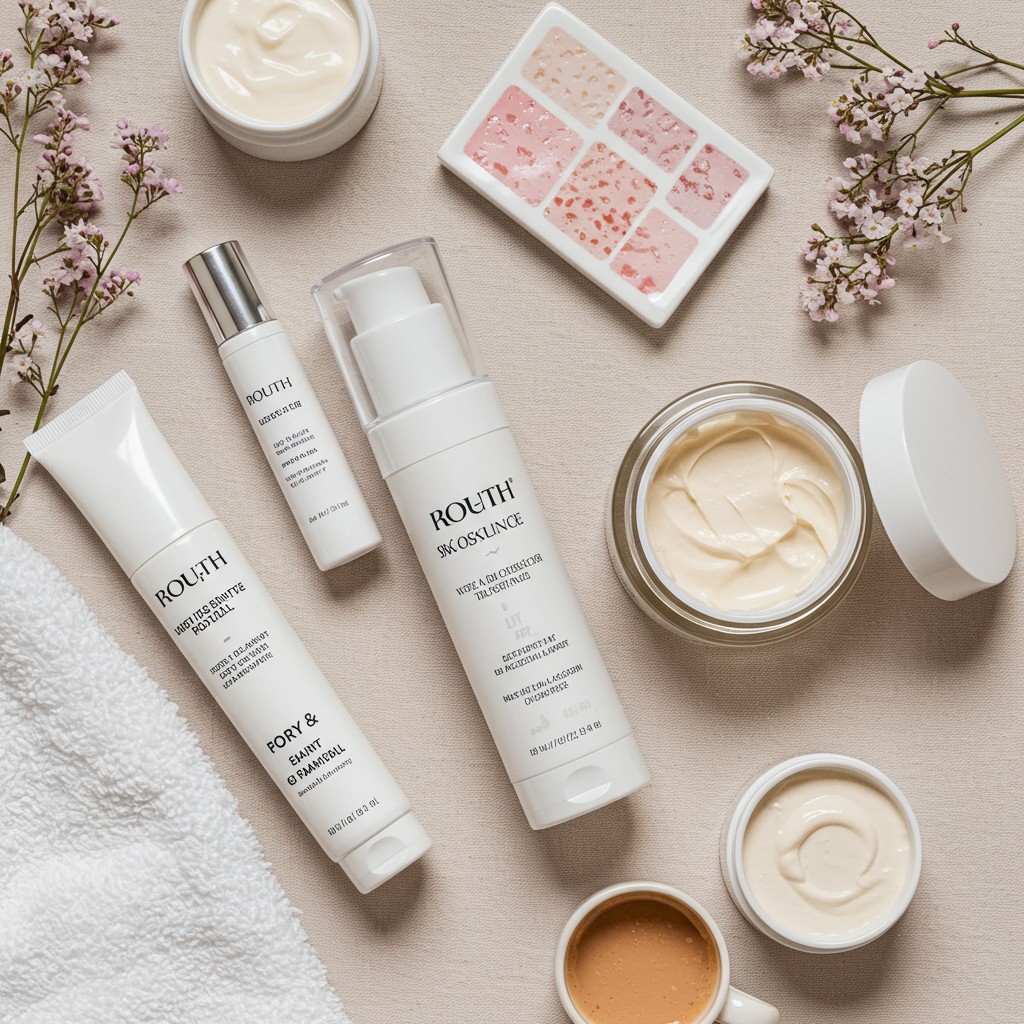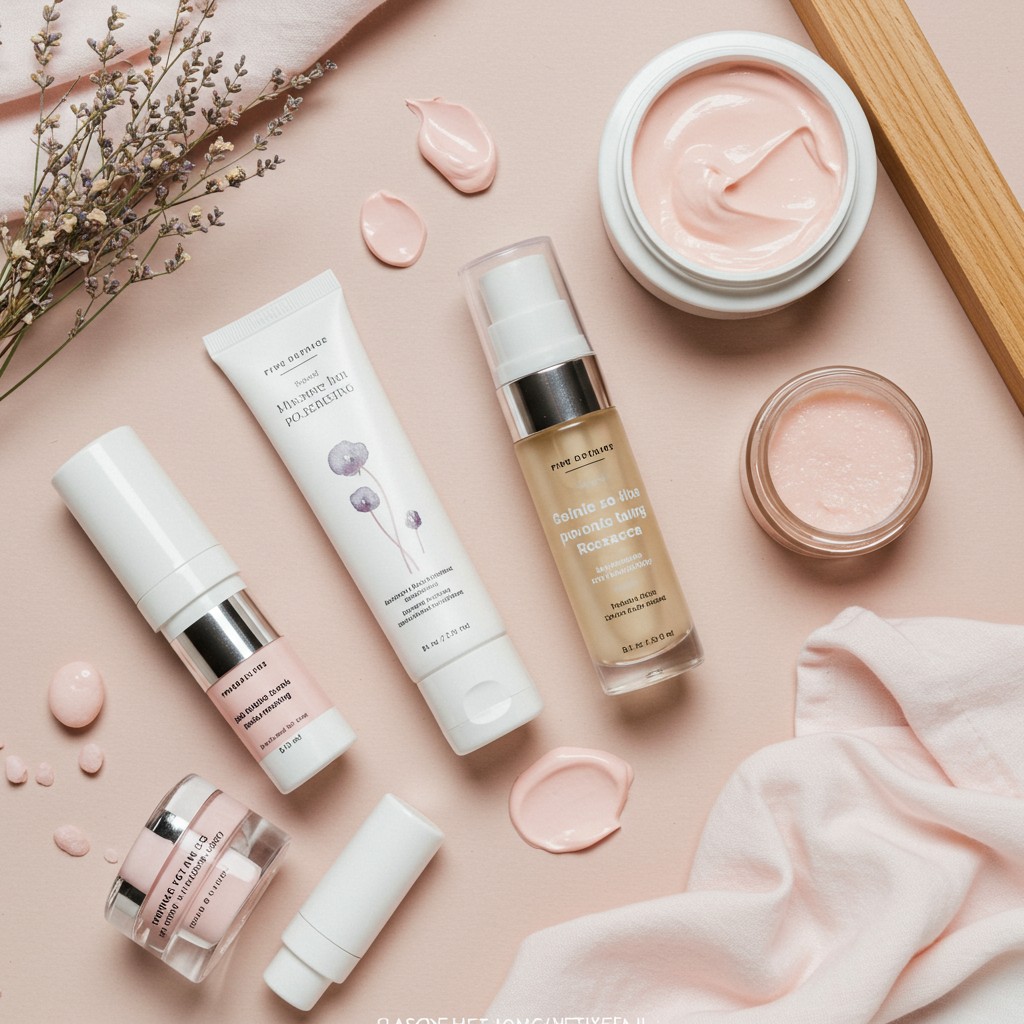Dark spots, sun spots, and patches of discoloration are common skin concerns that fall under the umbrella of hyperpigmentation. This occurs when an excess of melanin, the pigment that gives skin its color, forms deposits in the skin. While usually harmless, it can be a frustrating issue that affects your complexion’s clarity and evenness. At ScentSphere, we understand the desire for luminous skin, so we’ve put together this guide on how to reduce hyperpigmentation and reclaim your glow.
Whether you’re looking to get rid of dark spots on your face from past acne breakouts or address sun spots from years of sun exposure, a consistent and targeted approach is necessary. A good hyperpigmentation treatment plan combines potent ingredients with diligent sun protection to both fade existing spots and prevent new ones from forming. Let’s explore the most effective strategies.
Understanding the causes of hyperpigmentation
Before diving into treatments, it helps to know what you’re up against. Hyperpigmentation can be triggered by several factors:
- Sun Exposure: This is the number one cause. UV rays stimulate melanin production, leading to sun spots or making existing spots darker.
- Inflammation: Skin trauma, such as acne, eczema, or even aggressive scrubbing, can leave behind dark spots after the skin has healed. This is called post-inflammatory hyperpigmentation (PIH).
- Hormonal Changes: Fluctuations in hormones, often from pregnancy or birth control, can lead to a type of hyperpigmentation called melasma.
Key ingredients for a brighter complexion
Building a skincare routine with the right ingredients is fundamental to your hyperpigmentation treatment. Look for products containing these powerhouse components:
Vitamin C: A potent antioxidant that not only helps to protect the skin from sun damage but also inhibits melanin production, which helps to lighten dark spots over time.
Niacinamide: This versatile ingredient helps to reduce the transfer of pigment within the skin, leading to a more even skin tone. It also has anti-inflammatory properties beneficial for preventing PIH.
Retinoids: Available over-the-counter or by prescription, retinoids speed up skin cell turnover, helping to shed pigmented cells more quickly and reveal fresh, new skin underneath.
Alpha Hydroxy Acids (AHAs): Ingredients like glycolic acid and lactic acid exfoliate the surface of the skin, helping to fade surface-level discoloration and improve overall brightness.
The non-negotiable role of sunscreen
You can use all the brightening serums in the world, but if you aren’t protecting your skin from the sun, you are fighting a losing battle. Sun exposure will darken existing spots and trigger new ones to form, undoing all your hard work. The most critical step in learning how to reduce hyperpigmentation is applying a broad-spectrum sunscreen with an SPF of 30 or higher every single day, without exception. Explore the fantastic, non-greasy options available at the ScentSphere shop to find one you’ll love wearing daily.
Consistency and patience are everything
Fading hyperpigmentation doesn’t happen overnight. It takes time for the active ingredients to work and for your skin to go through its natural turnover cycle. You’ll likely need to stick with your routine for at least 8 to 12 weeks before you start seeing significant improvement. Consistency is the key to success. Stick with your routine, be patient with your skin, and always protect it from the sun.
What is the most effective ingredient for hyperpigmentation
While many ingredients are effective retinoids are often considered a gold standard for their ability to speed up cell turnover. However combining ingredients like Vitamin C niacinamide and AHAs with diligent sunscreen use often yields the best results.
How long does it take to see results for dark spots
Patience is key as it can take anywhere from 8 to 12 weeks of consistent use of a targeted skincare routine to see a noticeable improvement in dark spots. Results vary depending on the severity of the hyperpigmentation and the products used.
Can hyperpigmentation come back after it fades
Yes it can. Sun exposure is the primary trigger for hyperpigmentation so if you dont consistently use a broad-spectrum sunscreen every day dark spots can reappear. Ongoing sun protection is crucial for maintaining an even skin tone.






